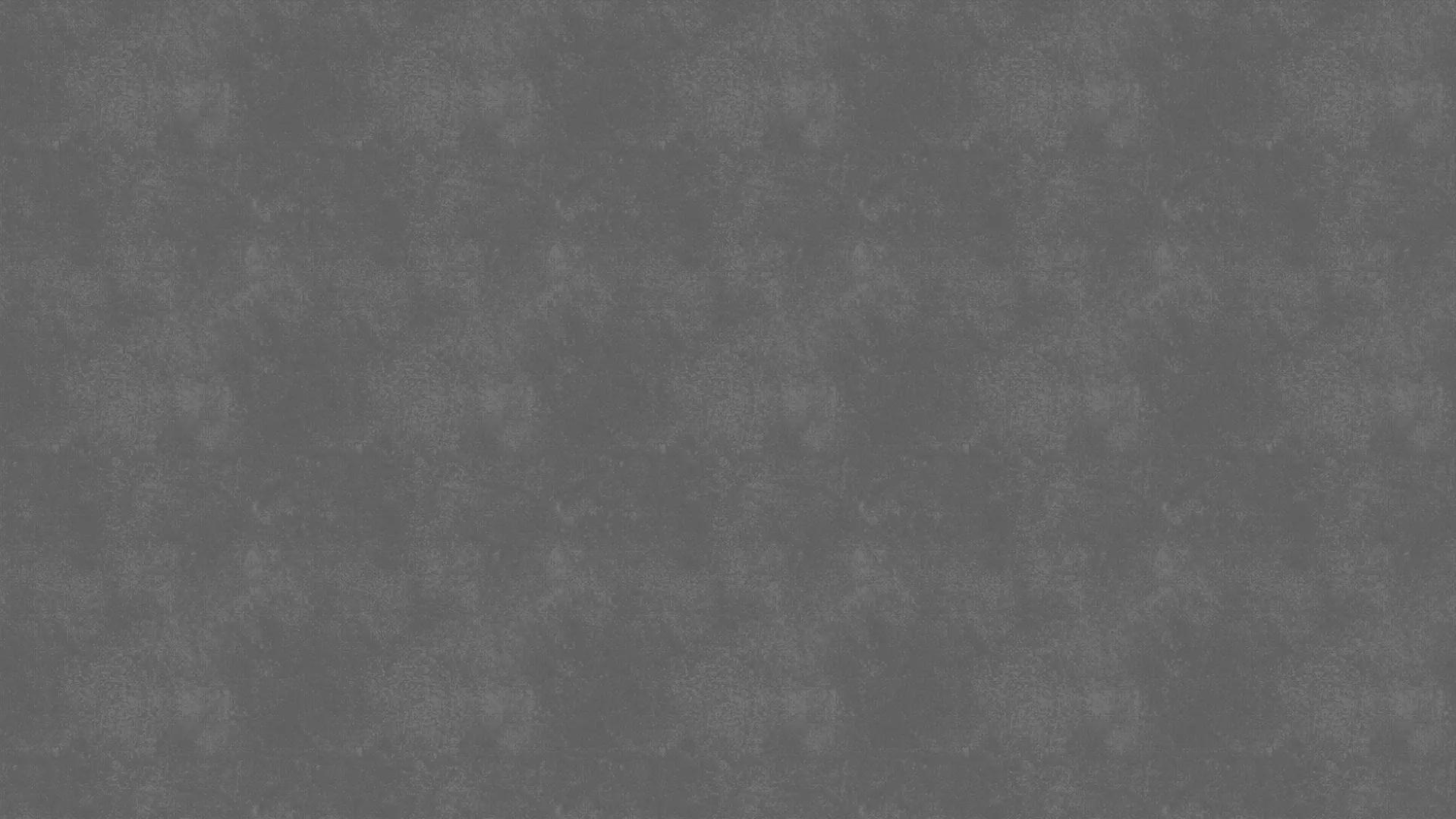Basement Waterproofing: Common Misconceptions

Basement waterproofing is a crucial aspect of maintaining a safe and functional home. It prevents water damage which could cause structural disasters. In addition, it maintains a good air quality inside the house. However, there are numerous misconceptions surrounding this topic that can confuse homeowners. In this blog, we, as professionals, will discuss some of the most common misconceptions about basement waterproofing.
“Our house is not near a body of water; we’ll never get flooded...”
One of the most prevalent misconceptions is that basement waterproofing is only necessary in areas prone to flooding: While it's true that homes in flood-prone regions require robust waterproofing systems, basements in general can be susceptible to water infiltration and moisture, no matter where it is located. Foundation cracks can cause water leaks or seepage, which can lead to mold growth, structural damage, and decreased indoor air quality. Therefore, waterproofing should be considered a preventive measure for all homes with basements, regardless of their geographical location.
"It is a simple activity. Why pay someone when I can do it myself?”
Some homeowners believe that they can effectively waterproof their basements after watching some videos on the internet or by using off-the-shelf products. While there are certainly DIY solutions available, they often provide temporary fixes rather than long-term solutions. On the other hand, these solutions may not address underlying structural problems. Proper basement waterproofing requires a thorough assessment of the underlying issues, intervention of professional expertise, and specialized equipment.

"French drain in the ONLY solution! All other options are scams!
Another common misconception is that exterior waterproofing methods are always superior to interior solutions. While exterior waterproofing, such as installing French drainage systems can be highly effective, it's not always feasible or cost-effective for every situation. Besides, French drains are always subject to being clogged, which will require excavation and costly measure to repair. Interior waterproofing methods, such as installing our WaterGuard interior drainage systems as well as one of our sump pump systems, can also provide excellent protection against water infiltration. The most suitable approach depends on factors such as the source of moisture, the condition of the foundation, and the homeowner's budget.
“Sealing Cracks and Gaps will get the job done”
While sealing cracks and gaps is an essential aspect of basement waterproofing, it's not the only factor to consider. Effective waterproofing involves a comprehensive approach that addresses both interior and exterior sources of moisture. This may include installing drainage systems, installing drainage matting and vapor barriers, improving ventilation, repairing foundation cracks, and grading the landscape to divert water away from the foundation. By addressing multiple potential causes for moisture, homeowners can ensure suitable protection against water infiltration.
Basement waterproofing is considered as an investment in the long-term health and integrity of your home. Whether you live in a flood-prone area or not, no matter what you're seeing on the internet, it's essential to seek help from a professional. Remember, prevention is always better than dealing with costly repairs after the problem erupts.

